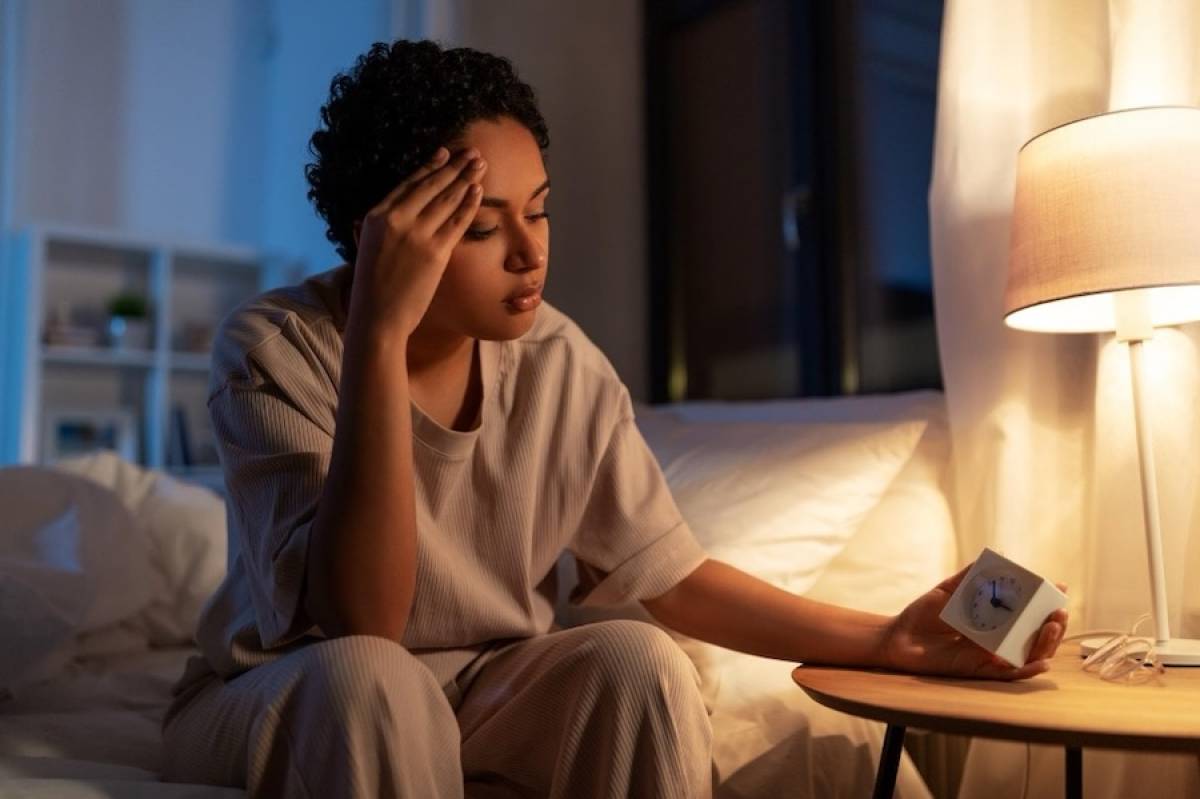Sleep Experts Share Tips for Conquering Sleep Apnea

Sleep apnea, which impacts sleep by restricting a sufferer’s airways, is a lot more common than most people realize. 6 million Americans have been diagnosed with sleep apnea, but many go undiagnosed, with up to 30 million people expected to be living with the disorder in the US alone.
To help people recognize symptoms earlier, the experts at Mattress Online share the most identifiable signs of sleep apnea, ways to reduce the impact, and when it’s best to seek out the help of a medical professional.
What is sleep apnea?
Obstructive sleep apnea (OSA) involves a narrowing of the throat during sleep which causes breathing to stop and start, impacting sleep quality. It can result in feelings of sluggishness throughout the day. Many people suffer from it but might not realize that the lethargy they’re experiencing is the result of undiagnosed sleep apnea.
The process can repeat multiple times during a sleep cycle, and sufferers may not even be aware that it’s happening.
How do I know if I have sleep apnea?
James Wilson, The Sleep Geek, explains that “one of the most easy-to-spot symptoms of sleep apnea is around our breathing and the noises we make. If you, or the person you sleep next to, makes a choking gasping sound during the night, or appears to stop breathing, or if these two things happen together, then you need to go and talk to a medical professional and get tested for the disorder."
Heavy snoring is often the first sign that something is amiss. That’s why sharing a bed with someone who has sleep apnea can impact the sleep quality of both people. But if your partner is a heavy sleeper and isn’t disturbed by snoring, how can sleep apnea be identified?
The easiest option is to look for the daytime impact of sleep apnea. According to the American Academy of Sleep Medicine², symptoms can include:
- Changes in mood, with increased irritability the most common.
- Waking up with a headache.
- Feeling more tired than normal, and experiencing difficulty staying awake during the day.
- Being unable to concentrate on daily tasks or work.
- Having trouble falling asleep and staying asleep.
What causes sleep apnea?
Medical experts regard being overweight as the main cause of OSA, but it’s not the only qualifier:
- Studies have indicated that men are twice as likely as women to suffer from sleep apnea.³
- A larger than usual neck, and even large tonsils, can be a cause.
- Smokers are also more commonly affected.⁴
- Experiencing menopause can cause changes to sleep quality in those previously unimpacted.
- Older people are more likely to have the disorder, but it can occur in younger people too.
Getting a diagnosis
If you think you or your partner could be suffering from sleep apnea and you seek out professional medical help, you might be referred to a sleep clinic. There you’ll be given equipment to take home and wear overnight.
The device will monitor your breathing and heart rate while you sleep. The results of these tests will show whether or not you have sleep apnea, and if so, how severe it is.
How to treat sleep apnea?
Lifestyle changes such as giving up smoking, reducing alcohol intake, and losing weight are all highly recommended. If these methods prove ineffective, many people will then need to use special breathing apparatus while they sleep.
The breathing equipment they would use is known as a continuous positive airway pressure (CPAP) machine. It involves wearing a mask that gently pumps air into your mouth and/or nose while sleeping, ensuring continuous circulation and stopping any irregularities in breathing.
Initially, wearing a CPAP machine can be awkward or uncomfortable for some, but the device is hugely effective. Alternative treatments include:
- A mandibular advancement device, similar to a gum shield, which keeps your airways open while you’re sleeping.
- Surgical intervention to help breathing and clear airways. This could involve tonsil removal.
Simple changes in your lifestyle and environment can also have a huge impact on the quality of your sleep. Examining certain factors in your daily life can help to ease the strain of sleep apnea and insomnia at night. These include:
- Exercising regularly.
- Spending plenty of time outdoors and in natural light - a simple walk outdoors can be hugely beneficial to your physical and mental health.
- Making sure you avoid drinking alcoholic beverages or tea and coffee containing caffeine later in the day, as these can negatively affect your sleep quality.
The link between mental health and sleep:
It’s not only physical conditions that can affect sleep. Ensuring your stress and anxiety levels are healthy can be a big step towards improving your sleep quality.
To successfully manage mental health, experts recommend a daily wind-down routine. Consistent routines help to build an association between the actions you perform and your usual bedtime.
You’ll find that once your body becomes accustomed to the schedule, your mind will begin to relax, leading to a smoother transition to restfulness. Try incorporating these elements into your evening:
- Ensure your sleeping environment is quiet and dark enough. Adjust your temperature to a comfortable but slightly cooler setting. Consider a dehumidifier if you find your throat and mouth are dry upon waking.
- Try a caffeine-free ‘sleepy’ tea, containing lavender, chamomile and rose - all regarded as natural sleep aids⁵.
- Run a warm bath before bed. Studies have proven that triggering a nighttime drop in body temperature - such as warming up in a bath and then cooling down when you’re out - makes you feel tired.⁶
- Relax via stretching or meditation. People who incorporate a yoga routine into their day have been proven to sleep better than those who don’t.⁷ However, even simple stretches can go a long way towards winding down both your body and mind.
Photo: Ground Picture, Shutterstock




















